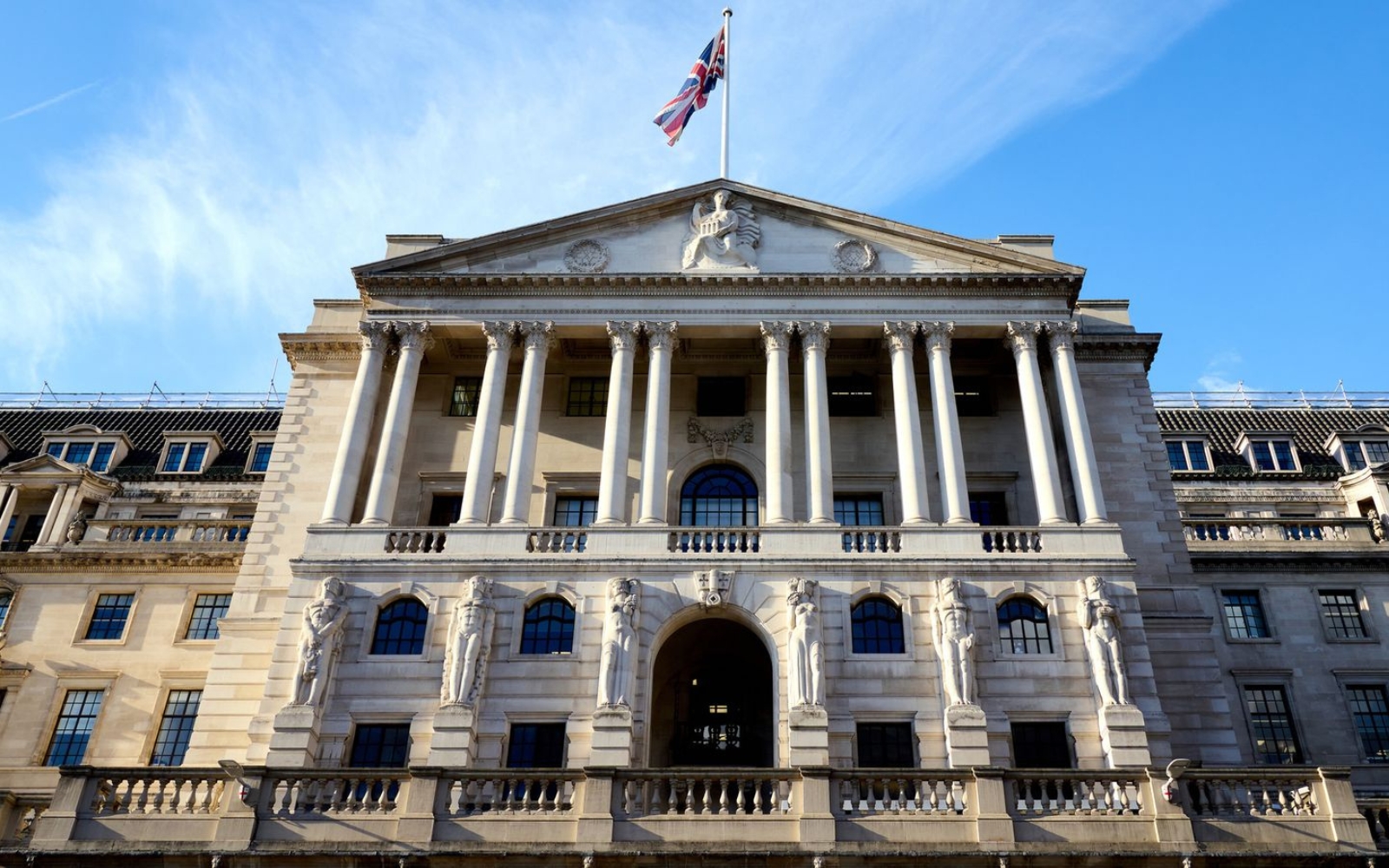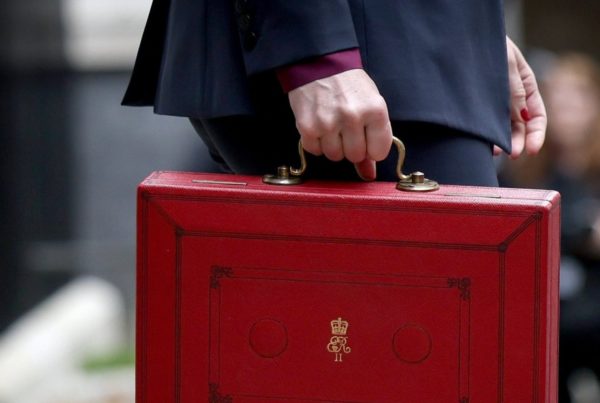The Bank of England just made its first interest rate cut since 2020, dropping rates from 5.25% to 5%. This move, expected by many, brings a sigh of relief to property investors and homeowners. But what does this change really mean for you as a property investor?
The Current Economic Climate
The Bank of England’s decision to lower interest rates coincides with the UK hitting its target inflation rate of 2%. With inflation under control, the central bank is looking to boost economic activity, especially in the property market. Analysts believe this cut is the first of several this year, potentially making borrowing more favourable.
Why the Rate Cut Matters
The property market has been a buyers’ market for a while, with more sellers than buyers.
High-interest rates have made potential buyers hesitant to take out mortgages for new homes or buy-to-let investments. Lowering the rates could ease some of these pressures, making borrowing more affordable and appealing.
A Look Back: Interest Rates and Property Investment
To grasp the full impact of today’s rate cut, it’s good to review historical trends. Before the 2007 credit crunch, interest rates were around 5.5-6%. After the crisis, they dropped to about 0.5%, leading to a decade of cheap borrowing that boosted the property market.
However, the introduction of Section 24 in 2017 changed the tax landscape for property investors, especially those with mortgages. This legislation, phased in over four years, limited the ability to offset mortgage interest against rental income for tax purposes, squeezing profitability for many.
The Impact of Rising Rates
Starting in 2022, the Bank of England began raising interest rates to combat inflation, reaching a peak of 5.25% in 2024. This increase meant many property investors faced mortgage rates of 8-10%, often higher than their rental income. As a result, many landlords have been selling their properties, unable to sustain the high-interest payments.
Current Market Dynamics
Despite these challenges, opportunities still exist. High cash-flow strategies, like Houses of Multiple Occupation (HMOs) and short-term lets, continue to be viable, generating significant rental income to offset higher borrowing costs.
For most investors, who focus on single buy-to-let properties, today’s rate cut could be a game-changer. The market is flooded with sellers eager to offload properties, creating potential bargains for savvy investors.
Future Predictions and Potential Risks
While today’s cut is promising, the future remains uncertain. If inflation rises again, possibly driven by significant wage increases in sectors like healthcare, the Bank of England might hike rates once more to curb inflation.
Additionally, the political landscape, particularly with the new Labour government’s policies, could introduce further changes affecting the property market. Investors should stay alert and educated to adapt to new regulations and economic conditions.
Why Now Is a Great Time to Invest
With the current buyers’ market and the potential for further rate cuts, now might be an ideal time to ramp up your property investment activities. Many investors are on the sidelines, creating less competition and more opportunities for those ready to act.
As summer progresses, traditionally a quieter period for the property market, motivated sellers are more likely to negotiate favourable deals. This, combined with the recent rate cut, presents a unique window of opportunity.
Conclusion
Today’s interest rate cut by the Bank of England is a positive development for property investors. While challenges remain, the current market dynamics and future rate cuts offer significant opportunities.
To learn more about how we help over 200 partners navigate this competitive industry, download our prospectus today.




